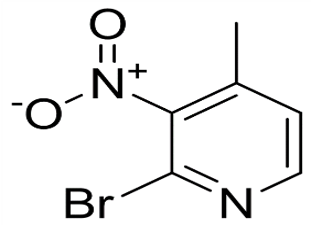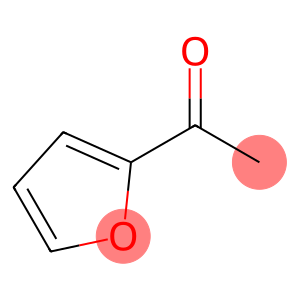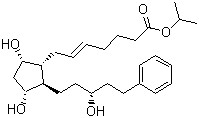BOC-D-Valine(CAS# 22838-58-0)
| Safety Description | 24/25 – Avoid contact with skin and eyes. |
| WGK Germany | 3 |
| HS Code | 29241990 |
Introduction
N-Boc-D-valine(N-Boc-D-valine) is a chemical substance that has the following properties:
1. Appearance: usually white crystalline powder.
2. Solubility: soluble in some organic solvents, such as ether, alcohol and chlorinated hydrocarbons. Low solubility in water.
3. Chemical properties: a protective group of amino acids, BOC Group and D-valine by esterification reaction. The BOC group can be removed under certain conditions by reagents such as hydrofluoric acid (HF) or trifluoroacetic acid (TFA).
The main uses of N-Boc-D-valine are as follows:
1. Synthetic chemistry: as an intermediate for the synthesis of polypeptides and proteins, D-valine residues are introduced into the polymeric amino acid chain.
2. Pharmaceutical research: used in organic synthesis and biochemical research in drug discovery and development.
3. Chemical analysis: It can be used as a standard substance to analyze and detect the content and properties of D-valine.
The method for preparing N-Boc-D-valine is usually by reacting D-valine with BOC acid (Boc-OH) under alkaline conditions. The specific reaction conditions will be adjusted according to the experimental requirements.
For safety information, N-Boc-D-valine is a chemical that needs to be handled and stored properly. Direct contact with eyes, skin and respiratory tract should be avoided. Appropriate personal protective equipment, such as lab gloves and goggles, should be provided when used. During storage and handling, relevant safe operating procedures should be followed and stored in a sealed container, away from ignition and oxidizing agents. Seek immediate medical help if touched or ingested by mistake.





![6-[(4-Methylphenyl)Amino]-2-Naphthalenesulfonic acid (CAS# 7724-15-4)](https://www.xinchem.com/uploads/64MethylphenylAmino2Naphthalenesulfonicacid.png)


